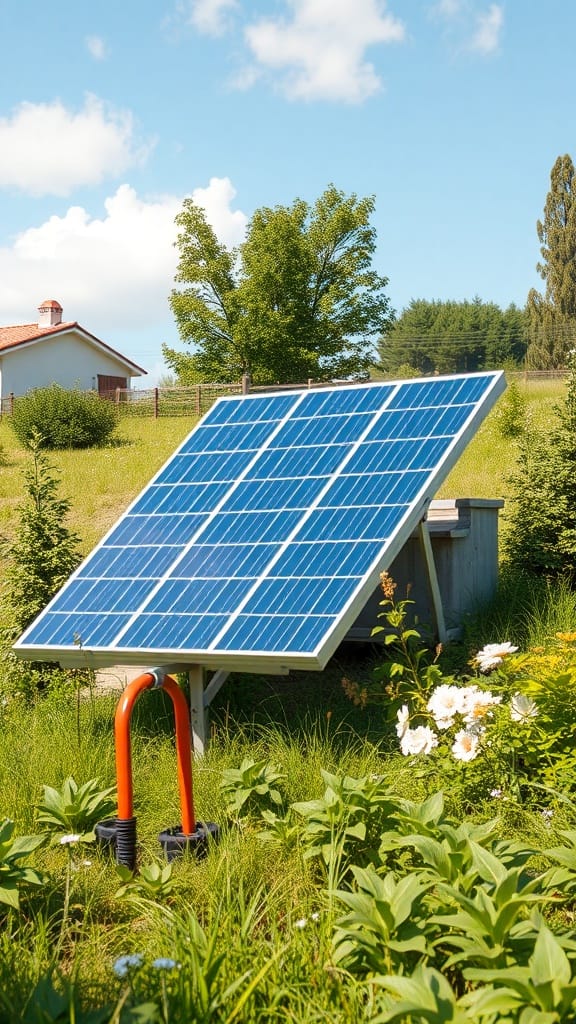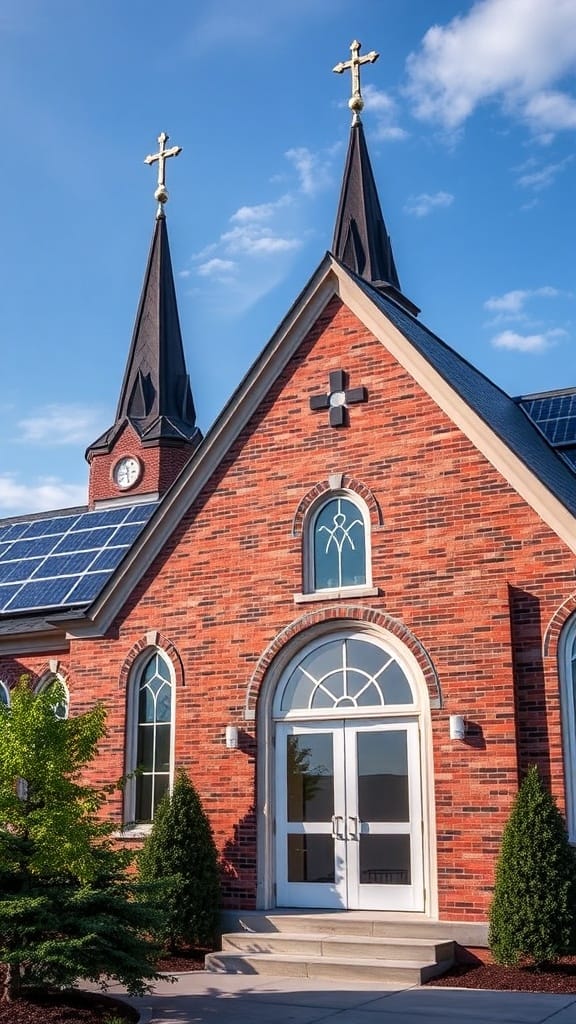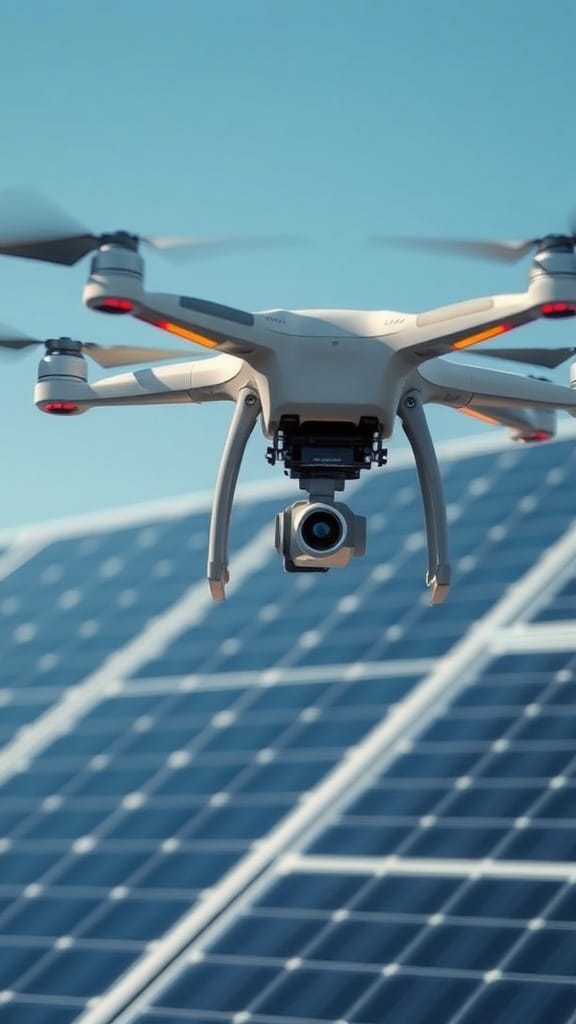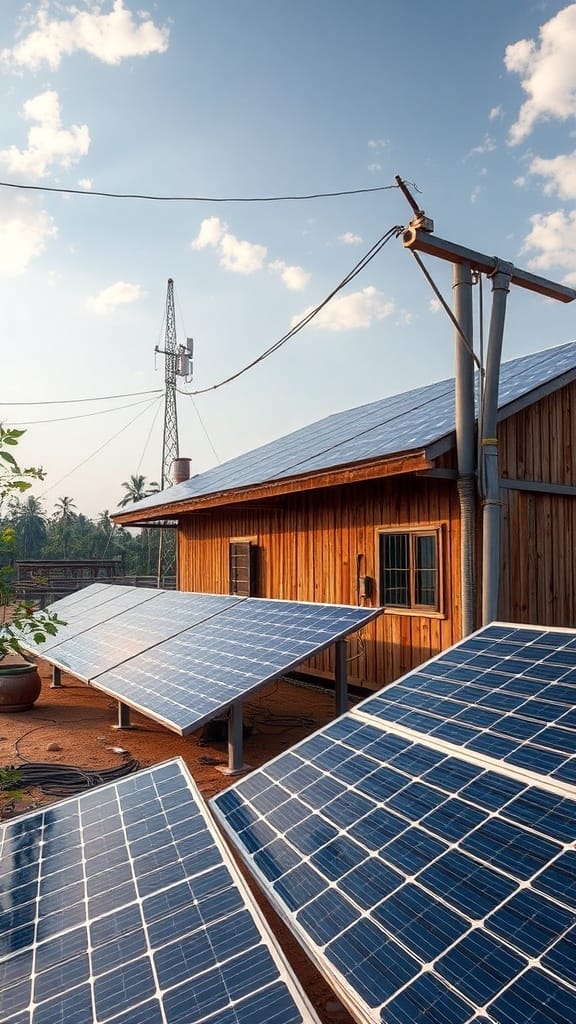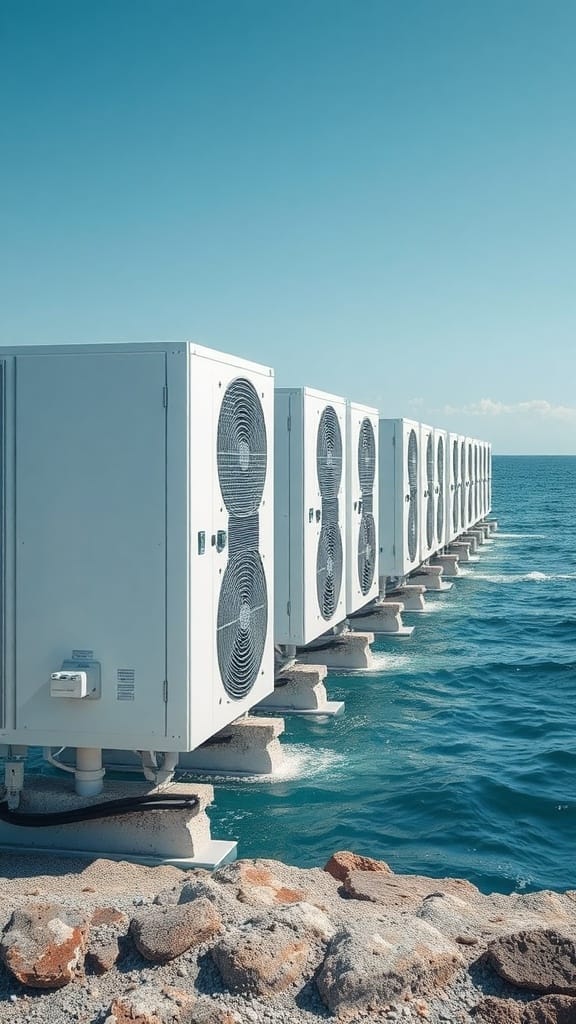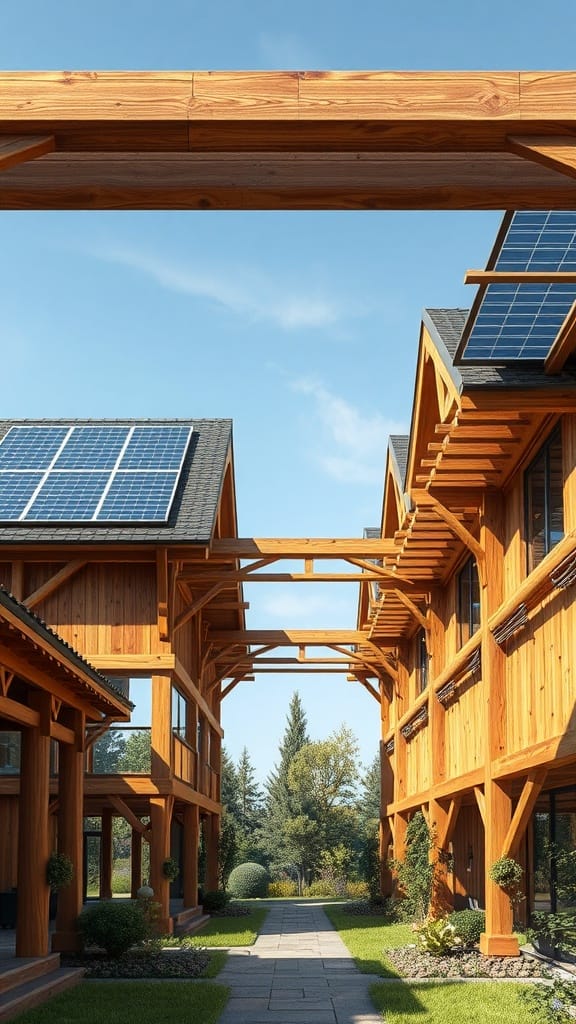Solar Well Pump Installation: System Sizing And Design Considerations
Solar Well Pump Installation: Key Factors in System Sizing and Design
When considering a solar well pump installation, understanding system sizing and design is crucial for maximizing efficiency and performance. Several key factors come into play, and getting them right ensures that your solar pump meets your specific needs.
Assessing Your Water Needs
Before diving into the installation, you need to assess your water requirements. Ask yourself the following questions:
- How much water do you need daily?
- What is the purpose of the water: irrigation, livestock, or household use?
- What is the peak demand period for your usage?
Calculating your water needs will help you determine the appropriate size of your solar pump system. The more precise you are, the more effectively you can configure your system.
Understanding Pump Sizing
Choosing the right pump size is vital to ensure that your system can deliver the desired water flow rate. To select the right pump, consider the following:
- Flow Rate: Measured in gallons per minute (GPM), this is the amount of water you expect the pump to deliver. It’s important to select a flow rate that meets your needs at peak demand times.
- Head Height: This refers to the vertical distance the water needs to be lifted. The taller the head height, the more energy your pump will require. Ensure you measure this distance accurately.
Consult manufacturer specifications and flow charts to find a pump model that meets these criteria, ensuring it operates efficiently under your conditions.
Solar Panel Selection
The solar panels you choose will greatly influence the performance of your well pump system. When selecting solar panels, keep the following in mind:
- Wattage: Ensure the total wattage of the solar panels exceeds the energy requirements of your pump. Calculate the pump’s power needs (in watts) based on its flow rate and head height.
- Type of Panel: Monocrystalline panels are more efficient and occupy less space but are typically more expensive than polycrystalline panels. Choose based on your budget and space availability.
Battery Storage Considerations
If your well pump system relies on a solar-only solution, consider adding battery storage for uninterrupted water supply, especially during cloudy days or nighttime. Here are essential points to consider:
- Battery Capacity: Assess how much storage you need based on your daily water usage and the power needed to run your pump. Larger storage may incur higher costs but provides more reliability.
- Battery Type: Lithium-ion batteries offer better energy efficiency and longevity compared to lead-acid batteries. However, they are typically more expensive upfront.
System Design Layout
Your solar well pump system should be designed efficiently to ensure optimal performance. Here’s how to layout your system:
- Pump Location: Install the pump in a location that allows easy access for maintenance while ensuring it is submerged deep enough to prevent cavitation.
- Solar Panel Position: Position solar panels at an angle that maximizes sunlight exposure, typically between 30 to 45 degrees, depending on your geographical location. Avoid shading from trees or buildings.
- Wiring and Safety: All electrical connections should be properly insulated and installed according to safety standards. Keep wires protected from the elements to prevent degradation over time.
Maintenance Planning
Scheduled maintenance is key to prolonging the lifespan of your solar well pump system. Regular checks include:
- Inspecting the solar panels for dirt or debris.
- Monitoring battery health and levels.
- Testing pump operations and flow rates to ensure efficiency.
By investing time in maintenance, you can prevent significant issues and ensure consistent performance year-round.
Solar well pump installation requires careful consideration of water needs, system sizing, solar panel selection, and layout design. By thoughtfully addressing these key factors, you can create an efficient and reliable solar-powered water supply system that meets your specific needs.
Benefits of Using Solar-Powered Well Pumps for Sustainable Water Solutions
The world is increasingly moving towards sustainable solutions, and one area that has seen remarkable advancements is water sourcing. Solar-powered well pumps present an innovative, eco-friendly option for accessing water while minimizing environmental impact. Utilizing renewable energy, these systems offer numerous benefits for both users and the environment.
Cost-Effectiveness
One of the main advantages of solar-powered well pumps is their cost-effectiveness. Traditional well pumps rely on electricity or fuel, which can become expensive over time due to rising utility rates and fuel prices. In contrast, solar-powered systems harness energy from the sun, significantly reducing operational costs. Once installed, the sunlight required to operate these pumps is free, making them highly economical in the long run.
Environmental Benefits
Solar energy is a clean and renewable resource that doesn’t produce harmful emissions. By utilizing solar-powered well pumps, you contribute to reducing your carbon footprint. This is especially important in areas where access to clean water is a challenge, as it combines sustainable energy with vital water access, fostering a healthier environment.
Reliable Water Access
Reliability is paramount when it comes to accessing water. Solar-powered well pumps are designed to work even in remote areas where grid electricity might not be available. With appropriate sizing and installation, these pumps can provide a steady supply of water without interruptions. This reliable water access is essential for both agricultural needs and domestic uses.
Low Maintenance Requirements
Compared to traditional pumps, solar-powered systems often require less maintenance. They have fewer moving parts, which translates to lower wear and tear. Regular cleaning of the solar panels and occasional system checks are usually sufficient to keep the system running smoothly. This can save you time, money, and effort, lending to an overall hassle-free experience.
Flexibility in Installation
Solar-powered well pumps offer significant flexibility in installation. They can be easily integrated into existing water systems or set up in remote locations without access to conventional power sources. The systems can be scaled appropriately based on your individual needs—whether for residential usage, livestock watering, or agricultural irrigation.
Energy Independence
Using solar-powered well pumps provides you with a level of energy independence. You’re no longer relying on external energy suppliers or fluctuating utility costs. This independence is particularly beneficial for off-grid locations, offering peace of mind that doesn’t change due to outside energy trends.
Enhancing Agricultural Practices
For farmers, the ability to use solar-powered well pumps can enhance agricultural practices. Consistent irrigation is essential for crop health and productivity. By using solar energy to power your well pumps, you ensure that your crops receive the necessary hydration without the worry of electricity shortages or costs associated with traditional pumping systems. This can lead to yields that help support a sustainable farming operation.
Improving Community Water Access
In many communities, especially in rural areas, fresh water access can be a significant challenge. Solar-powered well pumps can be a community solution. By installing multiple systems, entire neighborhoods can benefit from a shared resource, promoting community development and wellness. This collaborative approach can facilitate improvements in sanitation and health as clean water becomes more widely available.
Various benefits make solar-powered well pumps an attractive option for sustainable water solutions. The combination of cost-effectiveness, environmental advantages, and reliability positions these systems as a leading choice for both individuals and communities looking to harness the power of the sun for water access. The transition to solar-powered technologies in water sourcing not only aids in environmental preservation but also ensures reliable, affordable access to vital resources, paving the way for a sustainable future.
Conclusion
Choosing to install a solar well pump is a significant step towards sustainable water management. Understanding the key factors in system sizing and design is crucial to ensure you achieve optimal performance and efficiency. By taking into account the characteristics of your water source, pump capacity, and your specific water needs, you can create a tailored solar pumping system that meets your requirements.
The benefits of using solar-powered well pumps extend beyond just reliability and efficiency. They provide a sustainable solution that not only reduces energy costs but also decreases your carbon footprint. With a solar-powered system, you harness renewable energy, ensuring a commitment to environmental stewardship while enjoying consistent access to water.
As interest in sustainable practices grows, solar well pumps have emerged as a practical solution for various applications, from agricultural irrigation to supplying drinking water in remote areas. With advancements in technology, these systems are easier to install and maintain than ever before, making them accessible for both residential and commercial users.
By incorporating a solar well pump, you not only add value to your property but also contribute positively to the planet’s health. As you consider your options, remember that the right system, tailored to your specific needs, can provide long-term benefits, both financially and environmentally. Embracing solar energy for your well pump is a step towards a more sustainable and resilient future.






